A small amount of Chablis and 1er Cru Vaillon was bottled at the end of June, and the Grand Crus will go into bottles over the coming months.
But I want to talk to Fabien Moreau, who represents the sixth generation, about the family’s Chablis Grand Cru Les Clos, 2017.
“Just beautiful!” was how the IWC judges described the wine last year. They also praised its “complex nose” (aromas of floral honey and orange peel) and the way it evolved on the palate “with fine acidity and a beautiful silky texture”.
I want to talk about it because, at the 2019 International Wine Challenge, it won the Chablis Grand Cru Trophy, White Burgundy Trophy, French White Trophy, International Chardonnay Trophy, and the IWC Organic Trophy.
It’s obviously a special wine and I want to know the details behind the winemaking: the microvinifications, despite it being a small vineyard, the SO2 levels, and their oak regime... After all, Domaine Christian Moreau started as barrel makers in 1814 before becoming wine merchants. When they sold the merchant business, they retained the vineyards and started vinifying and marketing their wines again with the 2002 vintage.
The family owns 11.6ha of Chablis Grand Cru (Les Clos, Valmur, Vaudésir, Blanchot, and Clos des Hospices), Chablis 1er Cru Vaillon, Chablis and Petit Chablis. The vineyards have been certified organic since 2013.
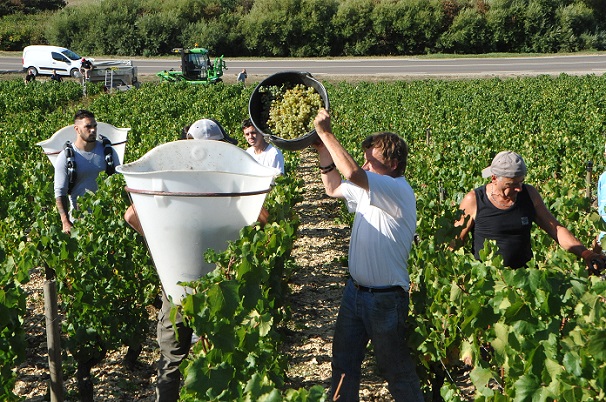
The IWC multiple trophy winner comes from a beautiful 3ha plot within Les Clos, one of the best – if not the best – of the seven climats of the Chablis Grand Cru appellation. It’s on the southwest-facing slope above the town of Chablis, with Christian Moreau’s part extending almost all the way to the trees at the top of the hill. The Chardonnay vines are 45 years old at the bottom, 65 mid-slope, and 60 at the top.
The grapes are handpicked and carried in small trailers to the modern, functional winery at the foot of the vineyard. There, they are sorted by hand to get rid of leaves, unripe or rotten grapes.
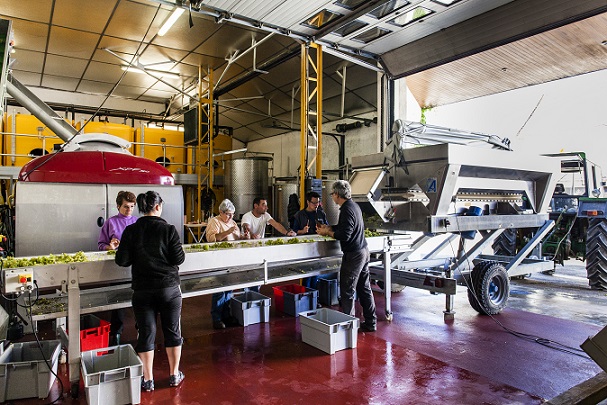
The healthy grapes are loaded into a pneumatic press for “a smooth and delicate pressing”.
From the press they are pumped to a variety of tanks (from 5-50hl) for cold settling and fermentation with native yeasts at about 20°C.
The vinification of each parcel is slightly different.
Fabien told Canopy: “The bottom part of our parcel did 60% in stainless-steel tank, 40% barrels. The middle part did 50% in stainless-steel tank, 50% in barrels. The top part, 100% in barrels.”
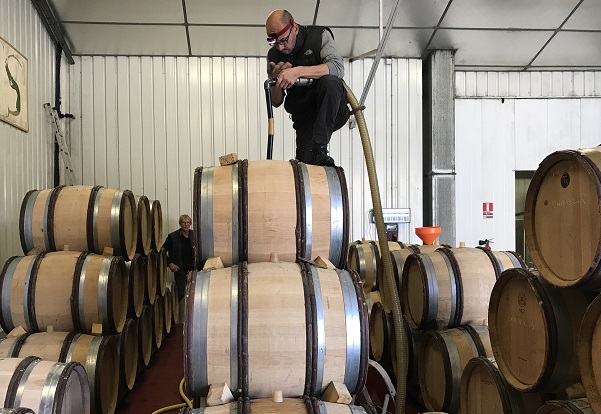
Canopy: Do you ever leave a portion of one parcel out?
Fabien: “No, there is always one part of these three parcels in a bottle of Les Clos.”
Do the native yeasts from different sections perform in a different way?
Fabien: “To be honest, I haven’t seen the difference regarding the fermentation kinetic (duration, temperature, etc), but you see the difference when you taste the three wines!
As the family started with barrel-making, I’m interested in your barrel regime.
Fabien: “We are using only French oak, 228L barrels and a few feuillettes (132L) from four suppliers. I have tested many different suppliers but very few are doing a real effort to adapt the ‘burning’ to the typicity of the Chablis wines. In general, we ask for very tight grains of oak, slow heat with low temperature. We are looking for the tannin of the oak not toasted flavours. We are from Chablis!
“I’m buying 10-15 new barrels each vintage and I keep them 6-7 years maximum. Not too new, not too old.”
What about for Les Clos 2017?
Fabien: “We used 5% of new, the rest between 1 to 6-year-old barrels. It stayed 11 months in barrels with the alcoholic and malolactic fermentation, after we did the blend of the three parts it stayed five more months in stainless-steel tank before bottling.”
At what stage/stages do you add SO2?
Fabien: “A very small amount during/after the pressing, after the first racking after the malolactic fermentation, and before bottling.”
'SO2 is the only additive in our wines'What total/free SO2 level are you aiming for at bottling?
Fabien: “For the bottling we want to have 25mg/L of free SO2, for the total between 80-90mg/L.
“SO2 is the only additive in our wines (no yeast, no bacteria, no enzyme, no fining), but we need to have some if we want to enjoy our wines everywhere in the world (wines have to withstand transportation), and after ageing.”
What’s your view on struck match and reductive notes?
Fabien: “We are not looking for reductive wines, and we don’t have much of these notes. Organic grapes to avoid that, slow fermentation also and the oak ageing also. After that, we just have a touch on the nose, it’s fine and always better than oxidation!”
Is the management of each section of Les Clos the same?
Fabien: “About 70% yes. The first difference is the age of the vines for those three parts. So, depending on where you are in the parcels, we have some courtnoué (virus) so you have to work differently.
“Also, the bottom part is more vigorous (deeper soil, more clay), so we have to work more on the canopy. The more you climb the hill, the thinner the earth with more stone. That’s why the maturity could move fast.”
How do the harvest dates differ between the bottom, middle and top parts?
Fabien: “It’s a question of three to four days between the top part and the bottom part. The top part could reach very high alcoholic degree so you have to avoid that, starting before the rest of the parcels. The bottom part is more vigorous also, that’s why we have to wait a little bit more.”
How is the 2020 version looking?
Fabien: “We started harvest on the 27th of August, as with the 2003 vintage, but there’s no comparison in the quality of the grapes. We are very happy about the harvest: volume is good and, for the quality, sanitary condition was perfect, maturity is not so high compared to 2018 and 2019 with higher acidity so it should be good. In the cellar it’s slowing down and fermentation is on the way.”
How was the harvest in these strange times?
Fabien: “Well, it’s a strange world situation, strange harvest! We did our best to maintain some distance between all our people (45 during harvest), and I think it was ok. Everybody understood the situation, and had to face it.”
Did you do anything different this year regarding the harvesting or winemaking?
Fabien: “No, same as the years before.”
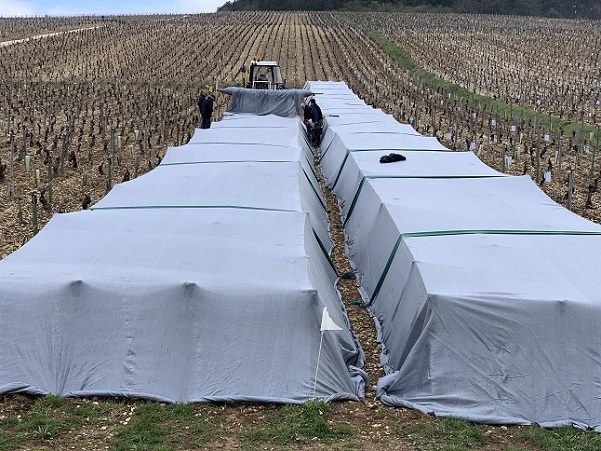
Since 2017 you have been part of a trial, testing a frost cover. Do you know the results yet?
Fabien: “No, it’s still on the way. We have to wait five years before having some results.”


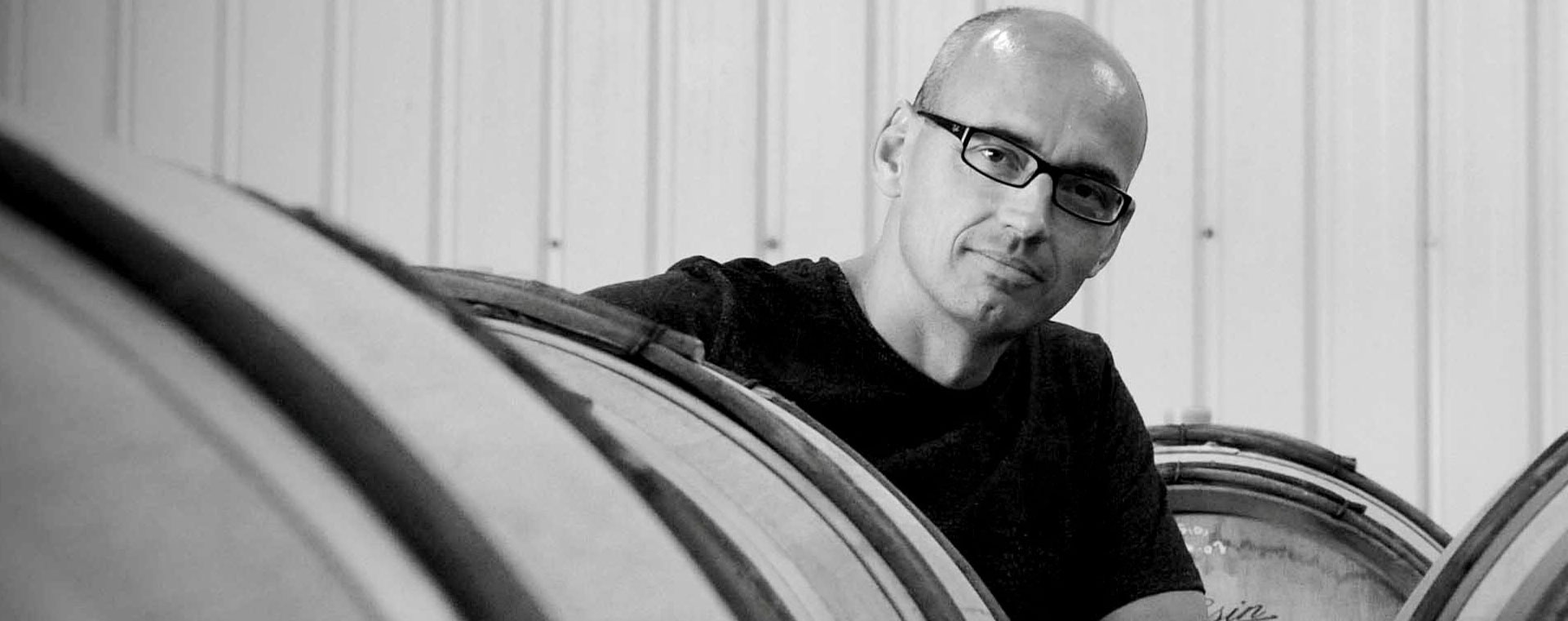










.png)






